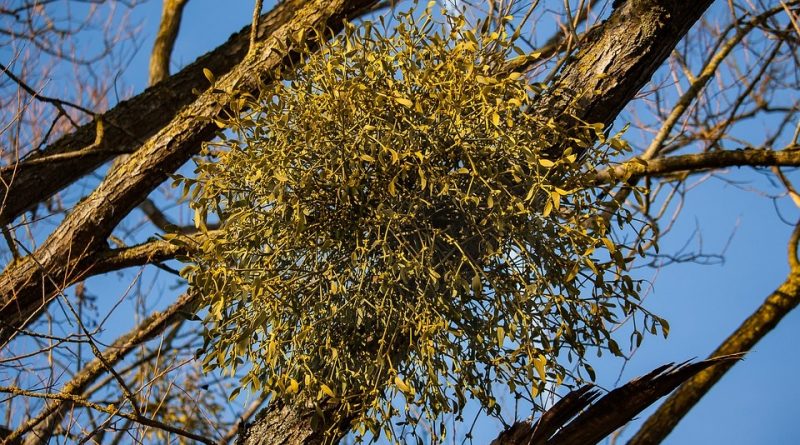Epiphytes
Epiphytes
The term epiphyte refers to a series of plants that live on other plants, which they normally use as a support but not to get food.
Ferns, mosses, lichens and other sessile organisms that do not grow on the ground but live mainly on tree trunks or branches, especially in tropical and subtropical forests, are epiphytic plants.
Epiphytic plants are also called aerial plants.
Epiphytic plants are present particularly in tropical forests where the vegetation is so dense and thick that it prevents sunlight from reaching its lower layers, which remain perpetually in shadow.
In these habitats trees, in order to take advantage of sunlight, develop in height and this feature is exploited by epiphytic plants which can thus achieve the same purpose. This objective is achieved by using the very tall trunks or branches of the host plants as a support to which they are anchored by means of adhesive roots or clinging.
In this way, although living in such a dense and shady ecosystem, epiphytic plants are able to capture sufficient solar energy to carry out the necessary photosynthetic activity; moreover, almost all the epiphytic plants, even if in different ways, are able to absorb and conserve rainwater. Among epiphytes, epiphytic orchids, for example, retain water and nutrients in their stems while others still draw nourishment from aerial roots covered by a specific absorbent substance.
In general, epiphytic plants do not have a parasitic activity in relation to the plants on which they support themselves, this because they are able to absorb water and mineral salts through the surface of the leaves or through the aerial roots that they also use to anchor to their support.
A mechanism that some epiphytes use is that of adapting the leaf system to capture more and accumulate rainwater while others have leaves covered with flattened hairs which, when opened, allow moisture to be absorbed from the air and avoid closing evaporation during periods of drought.
In other cases, even if more rare, as for the mistletoe the epiphytic plant carries out a real activity of parasitism; in this case the plant pierces through the exoenzymes the bark of the tree on which it lives and subtracts nourishment to the plant with its austori organs.
Because of their particular ecology and biology, epiphytic plants are used in ecological analyzes, such as bioindicators or bioaccumulators, because they are independent of the substrate in the accumulation of nutrients. This is the case, for example, of bryophytes and lichens, which take water and other nutrients directly from the atmosphere.

